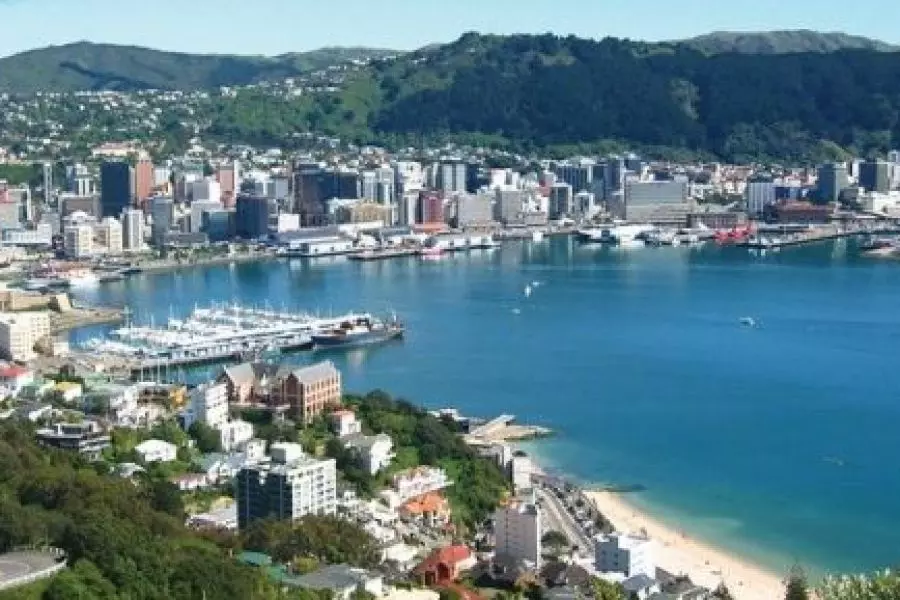News
Wellington City price glow spreads

Monday 20th of May 2019
Wellington region’s average asking rose by 14.3%, or by $81,000, year-on-year to hit $652,950 in April, according to the latest Trade Me Property Price Index.
For Trade Me Property head Nigel Jeffries it’s an example of the ongoing strength of the capital’s property prices, which haven’t dipped since 2015.
He says the Wellington market has been the countr...
Want to read the full article?
Click the button below to subscribe and will have unlimited access to full article and all other articles on the site.
2 min read






![[The Wrap] Bye Bye Bayly](https://goodreturns.publit.io/file/c_fill,w_900,h_600/39f23ac1-f7c7-4854-b700-a150004ebbac.webp)


